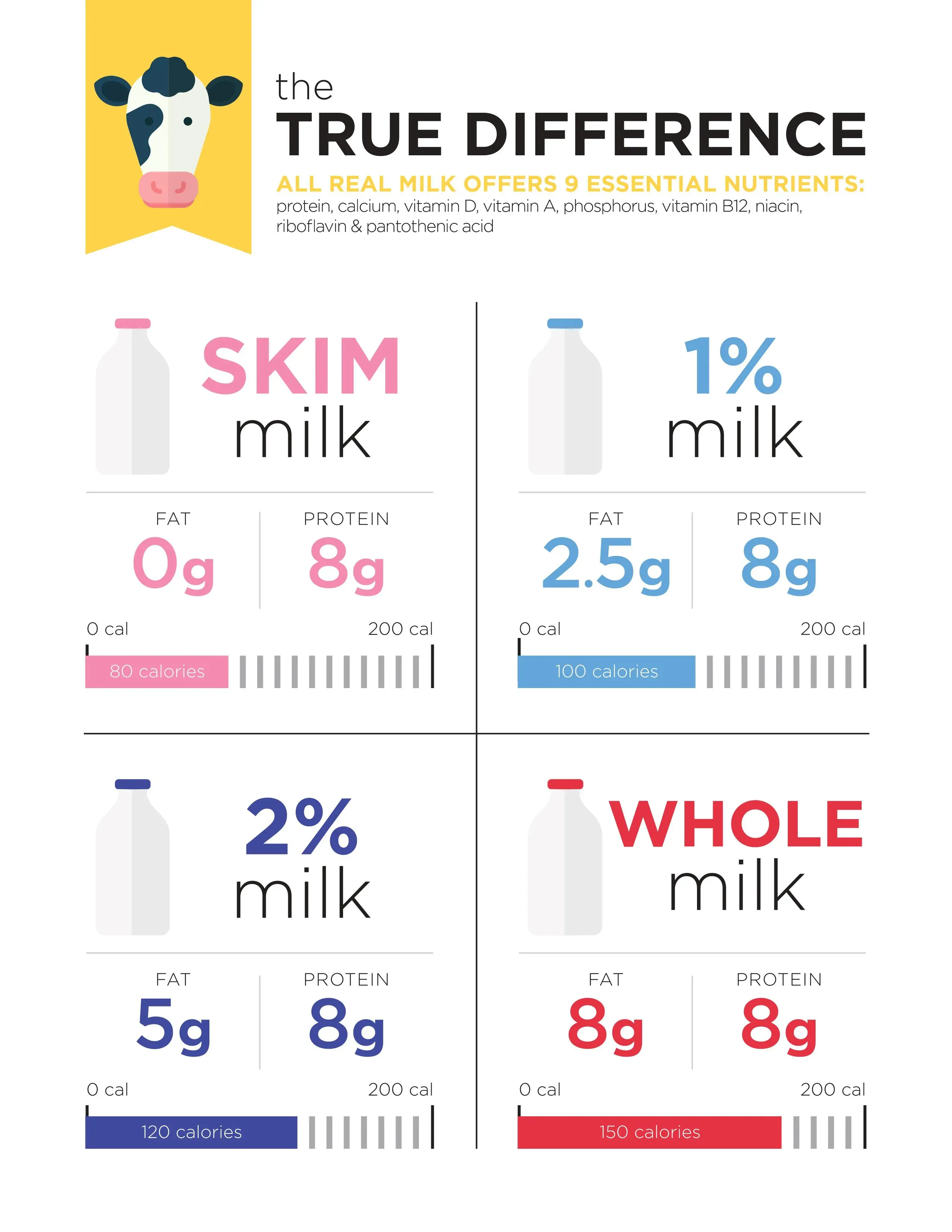Table of Contents
Walk into any grocery store dairy aisle and you're faced with choices. Whole milk, 2%, 1%, skim... it’s enough to make your head spin. For decades, the advice was simple: ditch the fat, especially saturated fat, and reach for the skim or low fat versions. But is that advice still holding up, or have we been missing something? The big question often boils down to fat free vs low fat milk. Are they really that different nutritionally? Does a little bit of fat make a big difference in your health, or just in how your coffee tastes? This article cuts through the confusion. We’ll look at what separates fat free milk from low fat milk, explore the actual nutrition facts beyond just the fat grams, and tackle that persistent saturated fat debate. We’ll even touch on how the fat content impacts taste and cooking. By the end, you should have a clearer picture to help you decide which carton earns a spot in your fridge.
Fat Free vs Low Fat Milk: What's the Real Difference?
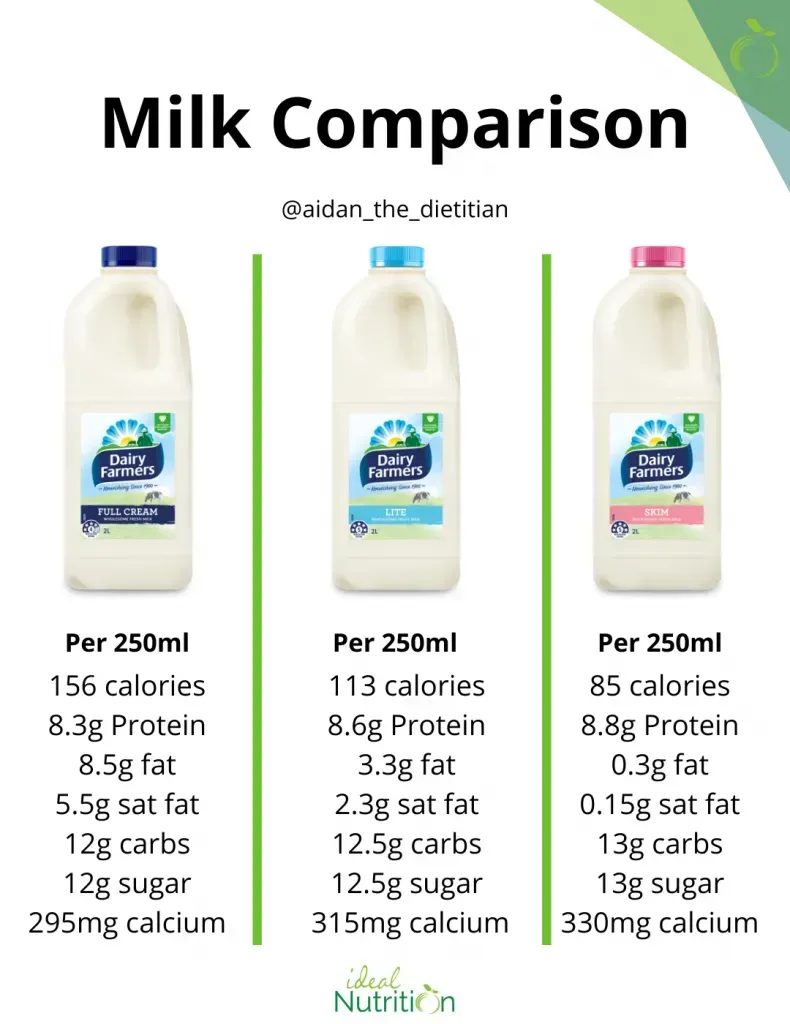
Fat Free vs Low Fat Milk: What's the Real Difference?
Alright, let's cut to the chase on fat free vs low fat milk. You see the labels, 1%, 2%, skim... what does it all mean in practical terms? The difference is pretty straightforward and, honestly, a bit anticlimactic: it's about the amount of fat left in the milk after processing. Whole milk starts around 3.25% milk fat. To get to the other versions, the fat is separated out and then added back in specific, smaller amounts. Low fat milk, typically labeled as 1%, contains just that – 1% milk fat by weight. Fat free milk, also known as skim milk, has had virtually all the fat removed, leaving less than 0.5% milk fat. So, when you're comparing fat free vs low fat milk, you're essentially choosing between almost no fat and a tiny bit of fat.
Beyond Fat: The Nutrition Story in Fat Free vs Low Fat Milk
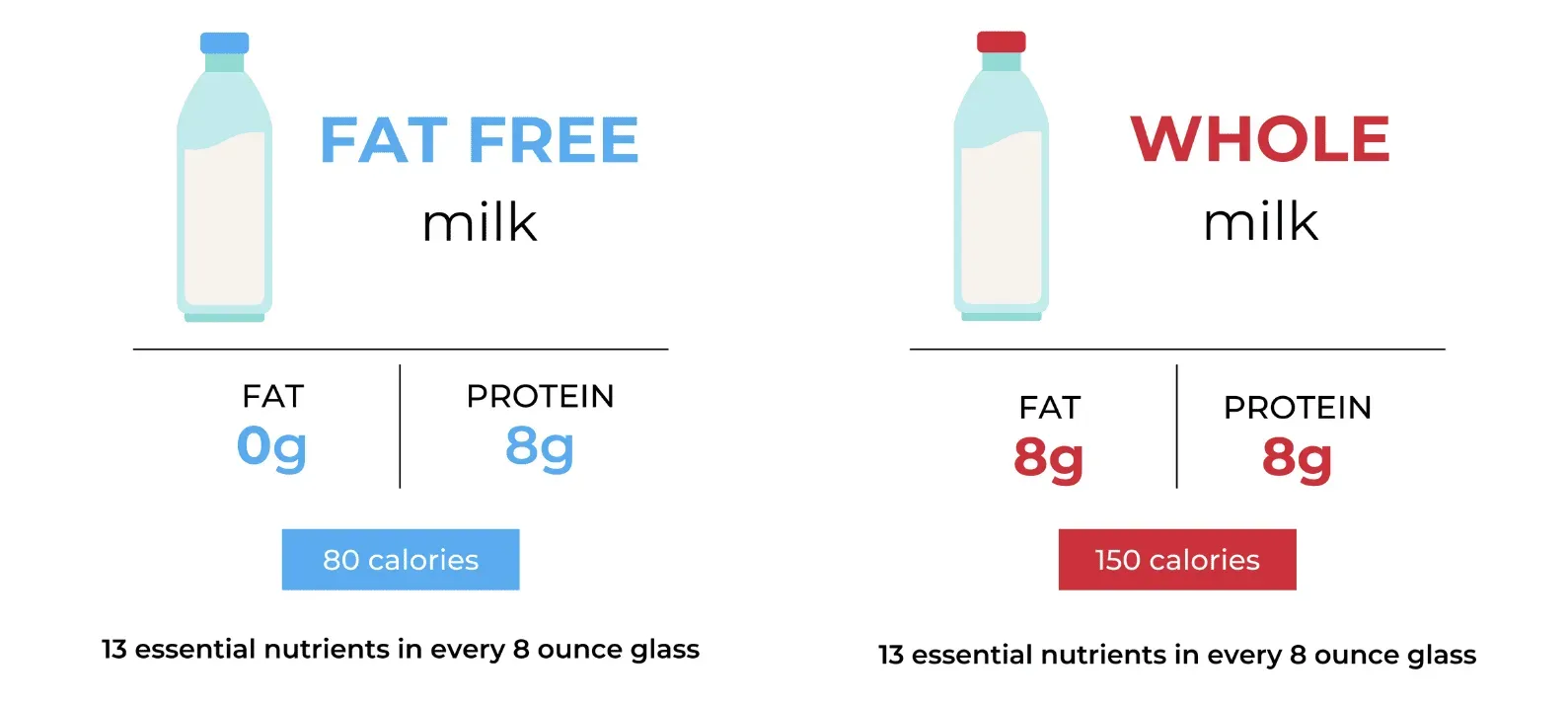
Beyond Fat: The Nutrition Story in Fat Free vs Low Fat Milk
so we know the fat difference between fat free vs low fat milk is just a percentage point or two. But is that the whole story? Absolutely not. When you strip away the fat, you're not just losing calories; you're potentially impacting how your body absorbs certain nutrients. Milk, regardless of fat content, is a solid source of protein and calcium, which are essential for building and maintaining bone and muscle. However, vitamins A and D are fat-soluble. This means they need fat to be properly absorbed by your body. While both low fat and fat free milk are typically fortified with these vitamins after the fat is removed, the presence of even a small amount of fat in low fat milk *might* theoretically aid in their absorption compared to milk with virtually no fat. It's a nuance, but worth considering when you think about the full nutritional package.
Saturated Fat in Milk: Is Low Fat Always Better Than Fat Free?

Saturated Fat in Milk: Is Low Fat Always Better Than Fat Free?
The Long-Held Belief About Dairy Fat
For ages, the dietary advice was pretty clear: saturated fat was the enemy, and dairy fat was public enemy number one. Doctors and dietitians steered everyone towards skim or low fat milk, hammering home the message that cutting saturated fat was key to a healthy heart. The logic was simple: saturated fat raises cholesterol, high cholesterol leads to heart disease, therefore, less saturated fat is better. This thinking fueled the rise of the low-fat craze and made fat free milk the seemingly virtuous choice over low fat milk, let alone whole milk. It became conventional wisdom, repeated in countless health guidelines and food pyramids. But sometimes, conventional wisdom needs a second look.
Challenging the Saturated Fat Dogma
Recent research has started poking holes in that rigid view of saturated fat, especially the kind found in dairy. It turns out the story isn't as black and white as we once thought. The effect of saturated fat on heart health might depend a lot on the *food* it's in, not just the fat itself. Dairy contains a complex mix of nutrients, fatty acids, and proteins – what scientists call the "food matrix." This matrix seems to influence how the body processes the saturated fat. So, the saturated fat in a glass of milk might behave differently in your body than the saturated fat in, say, a greasy burger or a sugary pastry. This nuance is a big reason why the simple "low fat is always better" rule for milk is being re-evaluated.
What are some of the newer perspectives on dairy fat?
- The "food matrix" matters – nutrients in dairy might mitigate saturated fat effects.
- Not all saturated fats are created equal; dairy has a unique profile.
- Studies show varying results; some find no link between full-fat dairy and heart disease.
- Focusing solely on one nutrient ignores the whole picture of a food.
Beyond Cholesterol: Other Factors at Play
If saturated fat isn't the sole villain we thought it was, what does that mean for fat free vs low fat milk? It means we can look at other potential benefits of milk with some fat content. Some studies suggest that consuming full-fat dairy might actually be linked to a lower risk of metabolic syndrome and type 2 diabetes, and perhaps even help with weight management. Counterintuitive, right? The theory is that the fat helps you feel fuller, longer, potentially leading to less overall calorie consumption. While fat free milk is certainly lower in calories, the presence of a little fat in low fat milk, or more in whole milk, could offer metabolic advantages that pure calorie counting doesn't capture. It's not a green light to guzzle gallons of whole milk, but it does suggest that a little fat in your milk isn't automatically a health disaster.
Taste, Texture, and Cooking: Does Fat Content Matter?
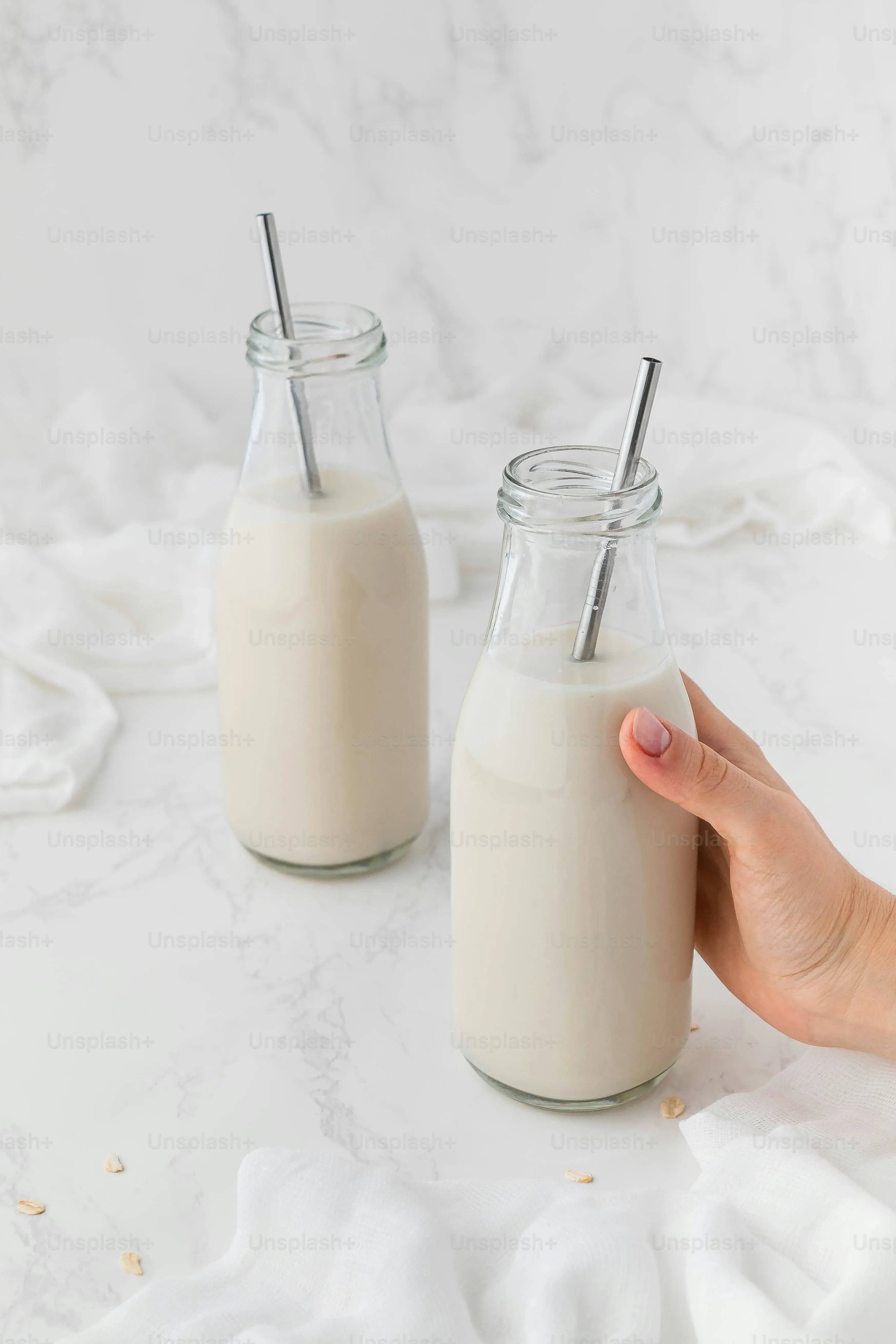
Taste, Texture, and Cooking: Does Fat Content Matter?
Picking Your Pour: Deciding on Fat Free vs Low Fat Milk
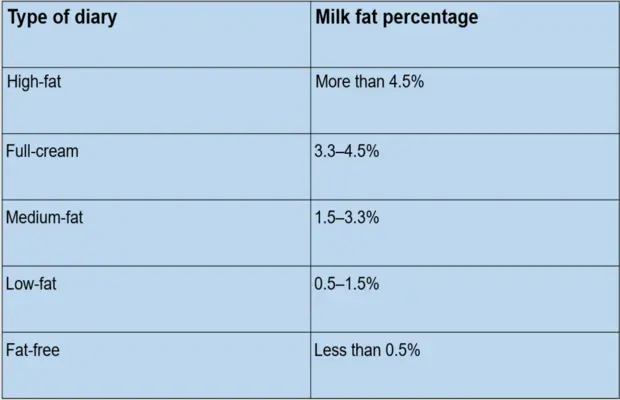
Picking Your Pour: Deciding on Fat Free vs Low Fat Milk
Who Might Lean Towards Fat Free Milk?
For some people, the choice between fat free vs low fat milk still comes down to calorie count and minimizing saturated fat intake, sticking to the older guidelines. If you're strictly tracking calories and every gram counts, fat free milk offers the lowest number. It's also the default recommendation for individuals with specific health conditions where saturated fat intake is a major concern, based on conventional medical advice. Think folks with very high cholesterol levels or established heart disease, where doctors often advise caution. For them, fat free milk provides the protein and calcium without the added fat calories or saturated fat content. It's a straightforward approach if those are your primary dietary goals.
Considering Low Fat Milk: A Middle Ground?
Then there's low fat milk (1%), sitting squarely between fat free and the higher-fat options. This is often the compromise choice. You get slightly more calories and saturated fat than skim, but significantly less than whole milk. The upside? That small amount of fat can make the milk taste better, feel less like colored water, and might, as some research suggests, help with the absorption of those fat-soluble vitamins A and D that are added back in. It also works a bit better in some cooking applications where a touch of richness is desired. It's a popular middle ground for people who want some benefits of reduced fat but aren't ready for the complete fat-free experience. Which one is "better" depends on your situation:
- **For Strict Calorie Counters:** Fat Free
- **For Minimizing Saturated Fat (Strictly):** Fat Free
- **For Better Taste/Texture than Skim:** Low Fat
- **For Potentially Better Vitamin Absorption:** Low Fat (though fortification helps both)
- **For Cooking/Baking Needs:** Low Fat often preferred
Beyond the Label: Your Personal Pour
Ultimately, the decision between fat free vs low fat milk isn't a moral one, despite decades of marketing suggesting otherwise. It’s about fitting milk into your overall diet and lifestyle. If you genuinely dislike the taste and texture of fat free milk and find yourself avoiding it, maybe low fat milk is a better choice, ensuring you still get milk's nutritional benefits like calcium and protein. If you're pairing milk with a diet already high in other sources of saturated fat, perhaps opting for lower fat milk makes sense for balance. Conversely, if your diet is generally low in saturated fat, a little bit from low fat milk isn't likely to derail your health goals, and might make your cereal or coffee more enjoyable. Consider your overall eating pattern, your taste preferences, and any specific health advice you've received. The "best" milk is often the one you'll actually drink consistently as part of a balanced diet.
Making Your Milk Choice
So, when you're standing there, carton in hand, deciding between fat free vs low fat milk, remember it's not a simple case of one being universally "better" than the other. Fat free offers fewer calories and virtually no fat, while low fat provides a bit more richness and potentially a slightly different nutrient profile, depending on who you ask and which study you read about saturated fat. Neither is inherently bad or good; they are simply different tools in your dietary toolbox. Consider your overall eating pattern, your personal health goals, and yes, even what tastes better to you. Sometimes, the best choice is the one you'll actually drink consistently as part of a balanced diet.
